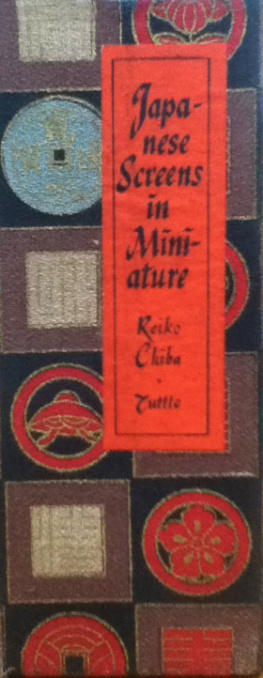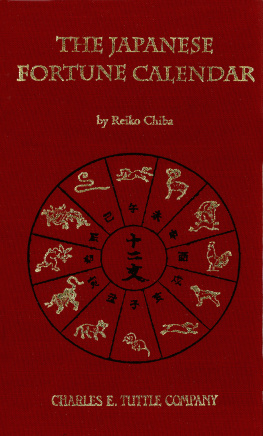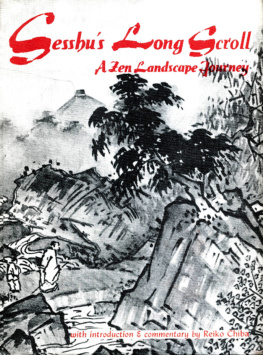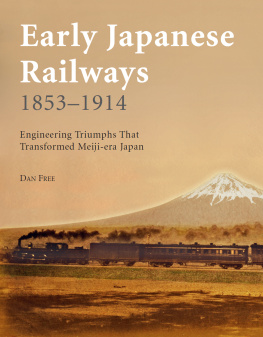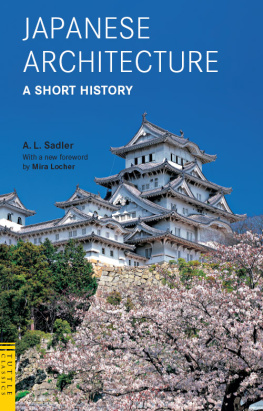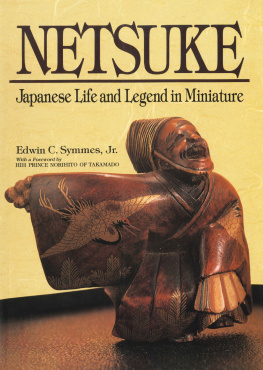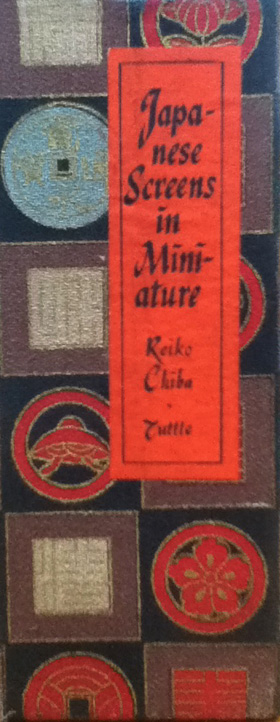
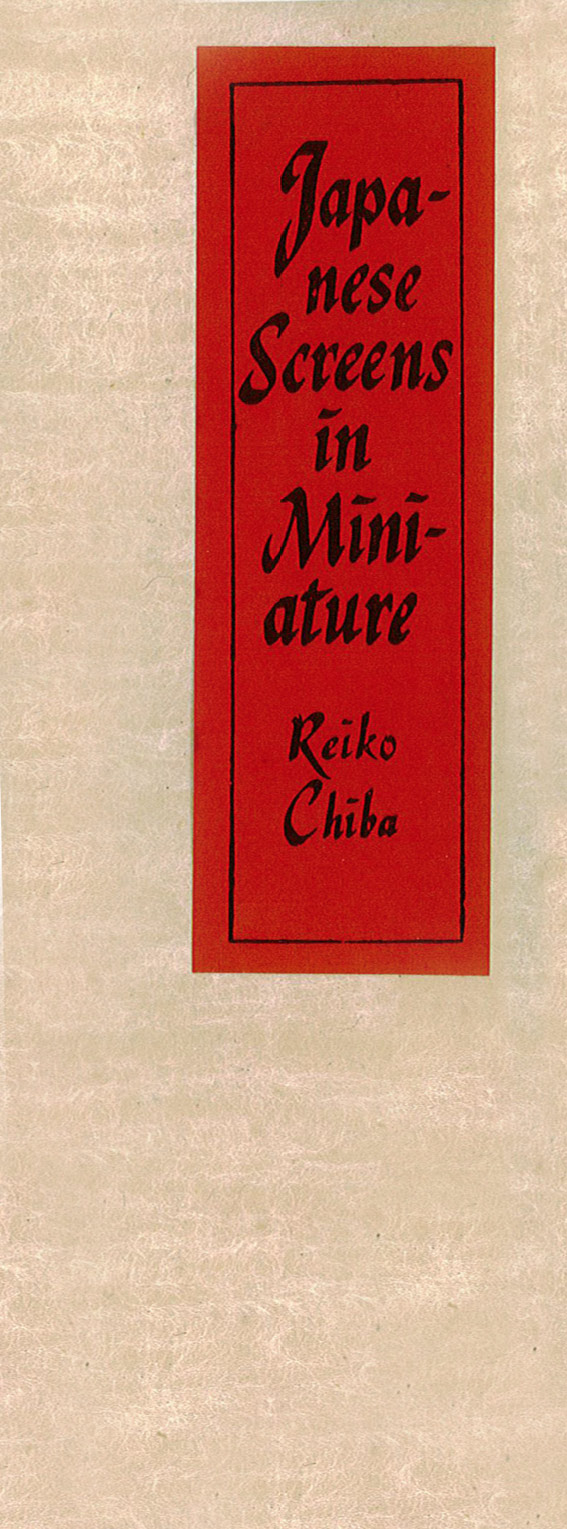
Representatives
For Continental Europe:
BOXERBOOKS, I NC.
Zurich
For the British Isles:
PRENTICE-HALL INTERNATIONAL, INC.
London
For Australasia:
PAUL FLESCH & CO., PTY. LTD.
Melbourne
For Canada:
M. G. HURTIG LTD.
Edmonton
CHARLES E. TUTTLE CO., INC.
Publishers
Made in Japan ISBN: 978-1-4629-0391-7 (ebook)


THE DEVELOPMENT of the Japanese screen as an art form in the Momoyama period (1575-1615) presents a fascinating example of the converging influences of art traditions, history, politics, religion, and architecture. The physical format of the screen itself was inherited from the Chinese. In the ancient storehouse of Japanese treasures at Nara called the Shosoin are forty screen panels dating at least as far back as the year 756. All are Chinese in subject and style and are possibly the work of Chinese artists. In the following centuries, however, two native schools of Japanese art flourished , and both of these were to have their effect on Momoyama artists. The first was a peculiarly Japanese style of painting called Yamato-e, which emphasized rich, bright colors and characteristic Japanese subjects. Yamato-e style, however, was delicate in line and was chiefly used in scrolls or in the illustration of literature. Typical Yamato-e work was done from the tenth through the fourteenth century. In the Muromachi period, for the two centuries immediately preceding Momoyama, Japanese artists again turned to Chinese masters and were inspired to paint in black and white, but with bold, vigorous brush strokes and with a much broader concept of composition. The fusing of these two traditions of bright colors and bold lines in dynamic composition is the essence of .Japanese screen painting.
Japanese screen painting of this type is inevitably identified with the Momoyama period. It is true that screens were painted before and after this era, and that screen painting remains a living art to this day, but the great and flourishing period was from 1575 to 1615. This was a pivotal era in Japanese history. Only thirty-two years earlier, in 1543, had come the first contact with the West, when Portuguese traders were driven ashore in southern Kyushu by a typhoon. The traders were followed by missionaries, and by 1582 there may have been as many as 150,000 Christians in Japan. The new religion was almost completely stamped out in the following Tokugawa period, but Western art forms were accepted by many Japanese nobles, as may be seen in Western-style paintings on some of the Momoyama screens themselves.
Surprisingly enough, however, Western styles of painting had less of a lasting influence on Japanese screens than another Western innovation, the gun. With the gun came both the necessity for large and imposing castles for defense and the opportunity for town and city areas to grow up around the castles. The grand architecture of these buildings, some as many as seven stories high and with an endless number of rooms bare of furniture, provided an ideal background for the decorative capacity of Japanese screens. The growth of the towns at the same time brought about the emergence of a new bourgeois trading class that lacked social position but possessed money and the will to spend it in the support of artists. Support from this source, rather than from the church or the nobles, naturally liberalized the choice of subjects for paintings. It was, in fact, a low period in Buddhist influence. With the exception of the Zen sect, which had long enjoyed a heritage of association with the military, the powerful generals distrusted Buddhism and actively persecuted its priests and temples. The humble state of Buddhist culture in general, the power of military leaders, and the wealth of the new merchant class all combined to give the period an atmosphere of materialism. This atmosphere is immediately apparent in the brilliant exuberance, strength of line, and gorgeous color of Japanese screens in the Momoyama period.
The three dictators who dominated the era, Nobunaga (1534- 82), Hideyoshi (15 36-98), and Ieyasu (1542-1616), were generous sponsors of the arts. Each of them fostered the development of artist groups-mainly in the Kyoto-Osaka area- to such an extent that artists supported by the nobles and working in the older conservative schools suffered a marked decline. This, then, is the complex background out of which the Momoyama screen originated: physical format and a strong artistic line from China; lovely colors identified with native schools; influence from the West through Christianity and the beginnings of urbanization necessitated by the introduction of the gun; the building of castles as the ideal setting for such screens; a period of prosperity dominated by dictators who were at the same time lavish patrons of art; and finally the decline in Buddhist culture accompanied by the rise of a merchant class fostering an atmosphere of opulence and materialism.
Now, before looking at the selected examples in this collection, let us consider the appearance of a Momoyama screen in its general aspects. On the score of size alone, a Japanese screen painting is an impressive work. The usual screen has six panels, each of which is approximately two feet wide and five feet tall, so that the overall width of the screen is twelve feet. Screens almost always come in pairs. The border of the screen is made of silk brocade edged with a narrow strip of dark lacquer and protected at the corners by bronze mounts. The screens are marvelously light and ingeniously contrived to fold in alternating directions. The immediate impression is usually one of resplendent color. Next, the viewer will probably note a pattern or a line as bold as the colors are bright. Finally, he will see that the overall composition, although dynamic, is perfectly balanced. Although the screens come in pairs, if they are viewed separately each painting is complete in itself. When both screens are present, however, it is immediately apparent which is the right and which is the left. Since the Japanese eye normally moves from right to left, the left screen tends to be the more climactic of the two. Most typical of all, perhaps, is the almost inevitable gold background, which further increases the opulent effect. It is well to keep in mind the original use of the screens. They were painted for the decoration of huge fortress-castles. The bare rooms where they were displayed were dimly lit, and as a consequence the gorgeous colors and sumptuous gold backgrounds did not seem ostentatious. A partial catalog of favorite subjects is an indication of the spirit of the paintings themselves: flowering trees, birds and flowers, processions, tigers, dragons, festivals, peasants, herons, clouds, bamboo, willows, pines, bridges in moonlight, wisteria, roof patterns, dancing waves, Shinto banners, chrysanthemums, wild geese, horse races, flower wagons, cherry blossoms, overlapping fans, and scenes of everyday life.
Momoyama screen paintings arc an important milestone in the history of Japanese painting. They represent at the same time a clean break from a past tradition and a forecast of a most important future trend. These paintings were done for enjoyment alone. They admit no shackling dependence on literature, religion, or the court. With support from wealthy tradesmen and military leaders, the artist found his horizon immeasurably widened. For the first time, everyday scenes were depicted. The trend in this direction led in a few generations to the development of Japans most popular art form, the ukiyo-e woodblock print.
Next page
